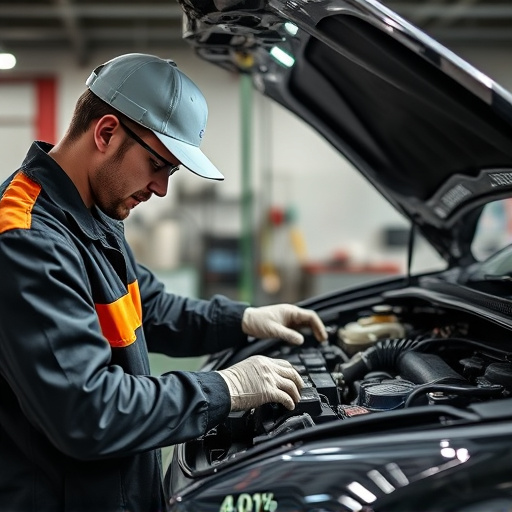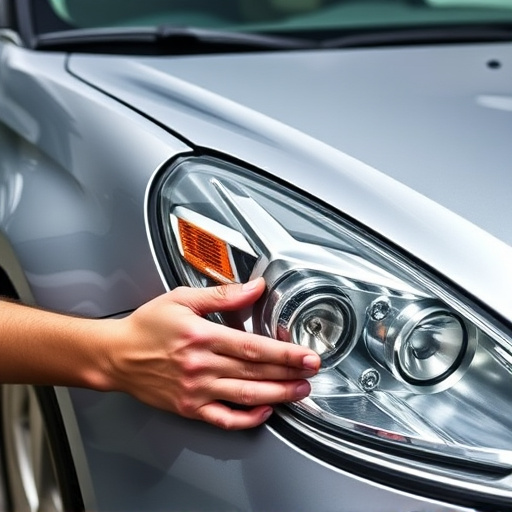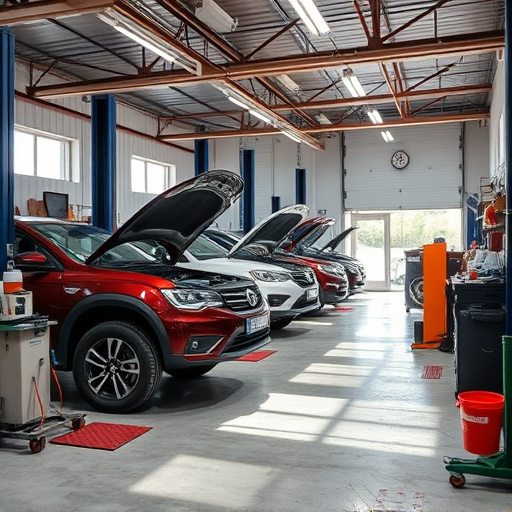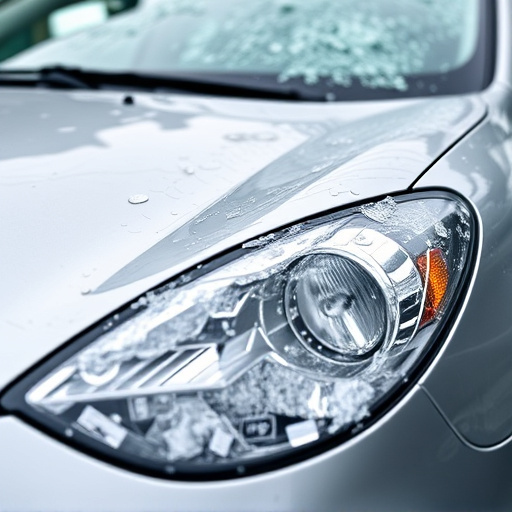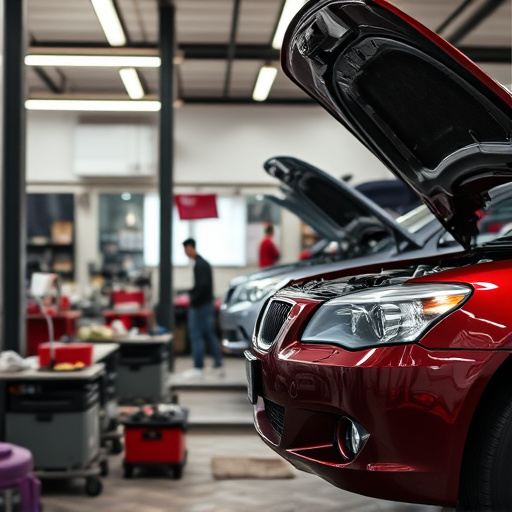The diverse world of electronic measuring equipment, from calipers to multimeters, is vital across industries like automotive repair and art restoration. Key factors in selection include measurement range, precision, resolution, and user-friendliness. Calibration and regular maintenance ensure accurate readings, crucial for tasks such as auto glass replacement and body panel repairs, maintaining equipment accuracy over time.
Unravel the world of precision with an insight into electronic measuring equipment—the backbone of modern measurement science. From versatile multimeters to intricate oscilloscopes, these tools empower professionals across industries. This comprehensive guide navigates the diverse types and functions, highlights crucial features for informed selection, and delves into calibration and maintenance practices vital for consistent accuracy. Explore the fundamentals and unlock the potential of electronic measuring equipment.
- Types of Electronic Measuring Equipment and Their Functions
- Essential Features to Consider When Selecting Measurement Tools
- Calibration and Maintenance for Accurate Readings
Types of Electronic Measuring Equipment and Their Functions
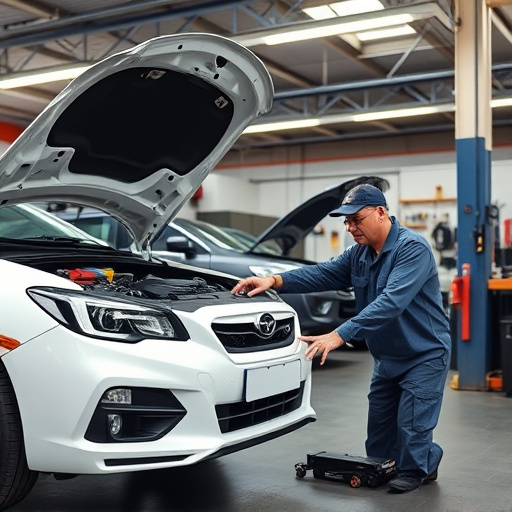
The world of electronic measuring equipment is diverse, catering to various industries and applications. From precise dimensions in manufacturing to intricate diagnostics in automotive sectors, these tools play a pivotal role. Common types include calipers, which measure length, width, and depth with remarkable accuracy, ideal for tasks ranging from checking part tolerances in car bodywork services to ensuring precision in art restoration projects.
Another notable category is the multimeter, a versatile device that can measure voltage, current, and resistance. It’s indispensable in electrical engineering and even comes into play during car damage repair, where professionals use it to diagnose issues in Mercedes Benz repair or any other vehicle’s complex electrical systems. These measurements are crucial for maintaining optimal performance across diverse sectors.
Essential Features to Consider When Selecting Measurement Tools

When selecting electronic measuring equipment, several essential features come into play to ensure accuracy and efficiency in various tasks. Top-tier tools often boast a wide measurement range, allowing them to cater to diverse needs across different industries. For instance, in vehicle restoration or automotive repair, a multimeter capable of measuring voltage, current, and resistance within a broad spectrum is invaluable for diagnosing complex issues in electrical systems.
Moreover, precision and resolution are key. High-quality equipment provides precise readings with excellent resolution, ensuring that even subtle variations in measurements are captured accurately, especially in delicate tasks like vehicle bodywork repair or customization. Display clarity and user-friendly interfaces are also crucial, as they simplify the interpretation of data, making it easier for professionals to make informed decisions during their work processes involving electronic measuring equipment.
Calibration and Maintenance for Accurate Readings

Proper calibration and regular maintenance are vital for ensuring accurate readings from any electronic measuring equipment. Calibration involves adjusting the device to match known standards, which helps to minimize errors and maximize precision. For instance, in industries such as car collision repair or fender repair, where precise measurements are crucial, regularly calibrated equipment like laser distance meters or digital calipers can help ensure that auto glass replacement or body panel repairs are done with meticulous care.
Maintenance, on the other hand, includes keeping the equipment clean, lubricated (where applicable), and free from damage. Regular checks for wear and tear, as well as timely replacements of worn-out parts, are essential to maintain accuracy over time. Just as a well-maintained car ensures smoother rides and fewer breakdowns, well-maintained electronic measuring equipment guarantees consistent and dependable measurements in tasks ranging from intricate assembly lines to simple DIY projects, avoiding potential issues that could arise from faulty readings, such as subpar auto glass replacement or misaligned fender repairs.
Electronic measuring equipment plays a pivotal role in ensuring precision and accuracy across various industries. By understanding the types, functions, and essential features, along with proper calibration and maintenance practices, users can maximize the efficiency and reliability of these tools. Armed with this knowledge, professionals can make informed decisions when selecting the right equipment for their specific needs, ultimately enhancing overall productivity and data integrity.
